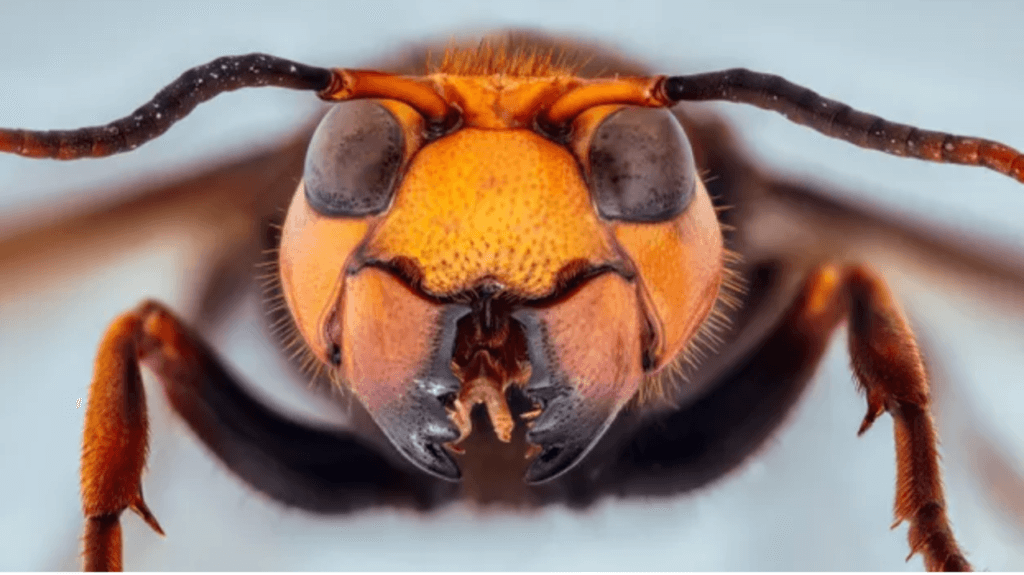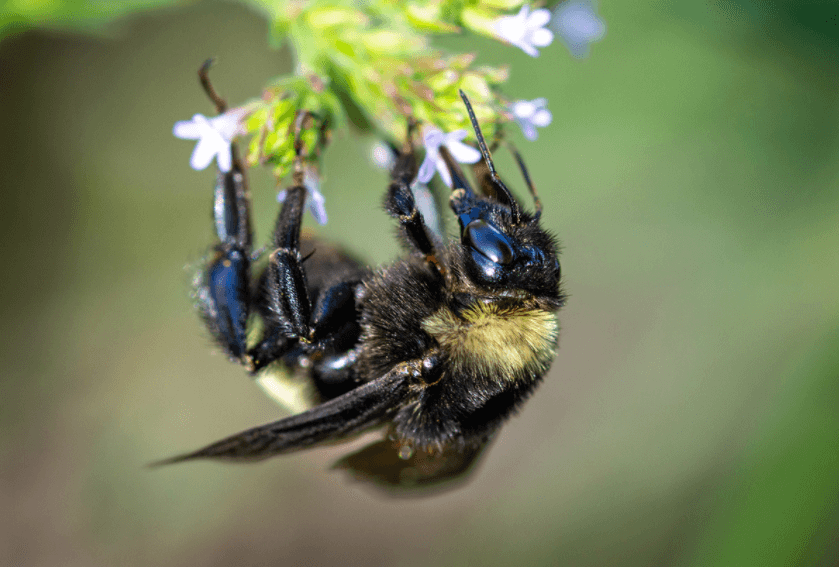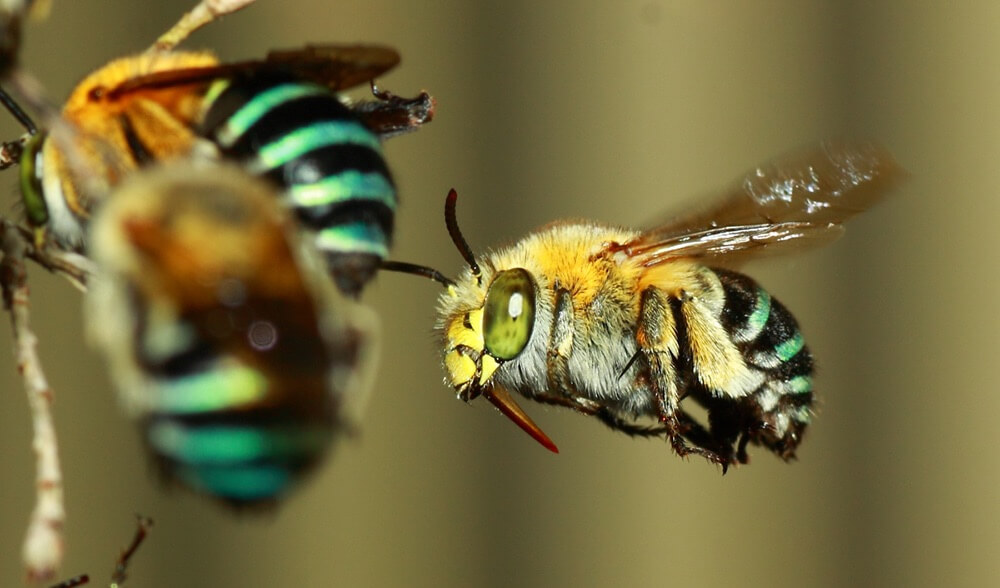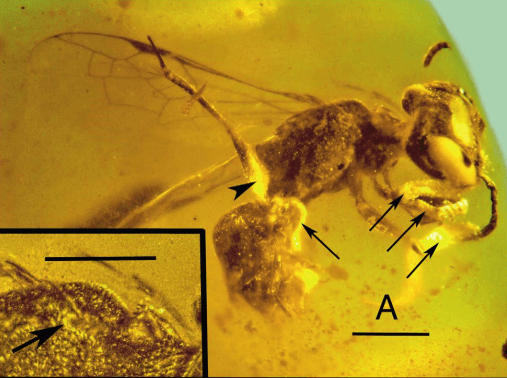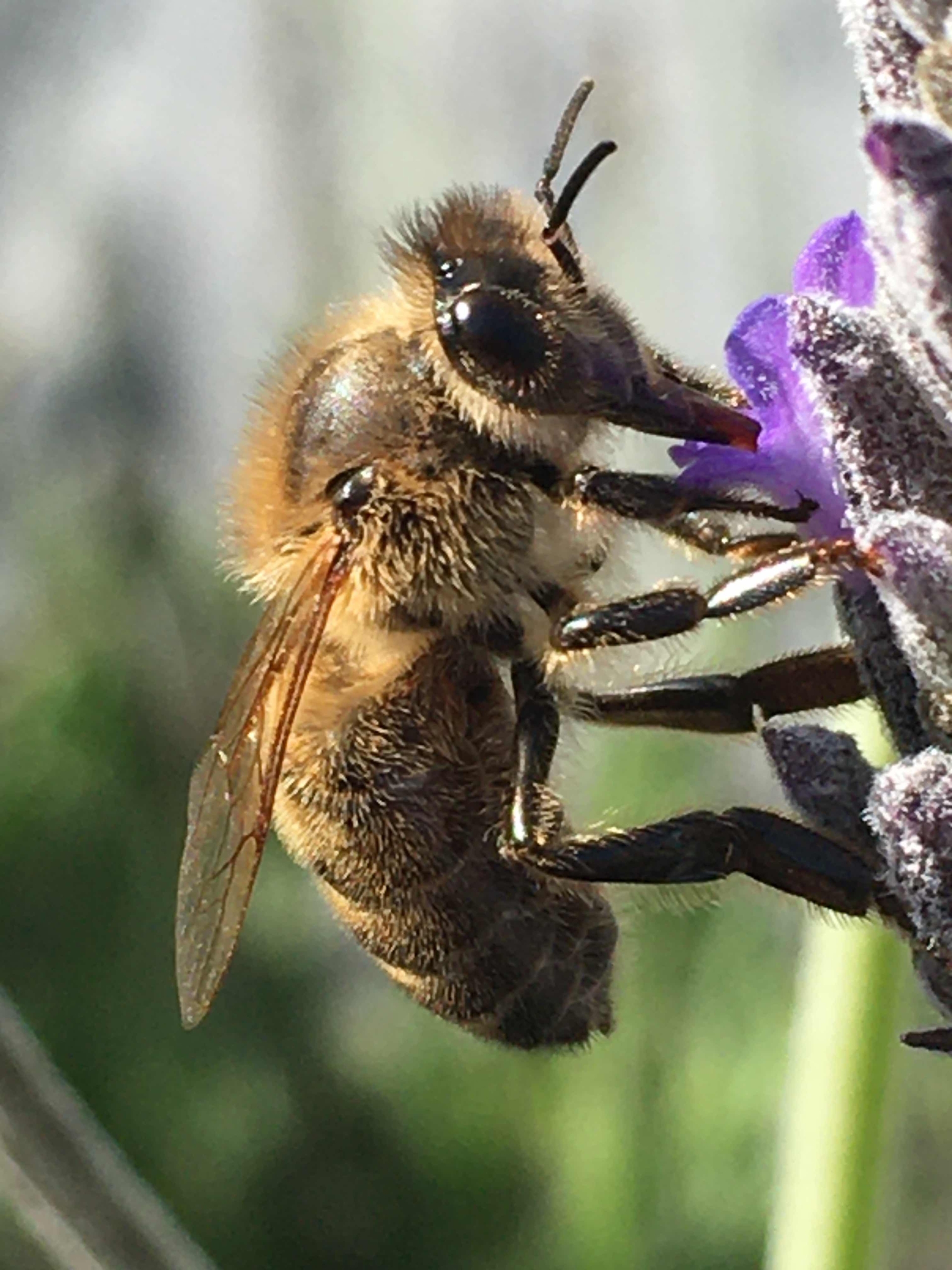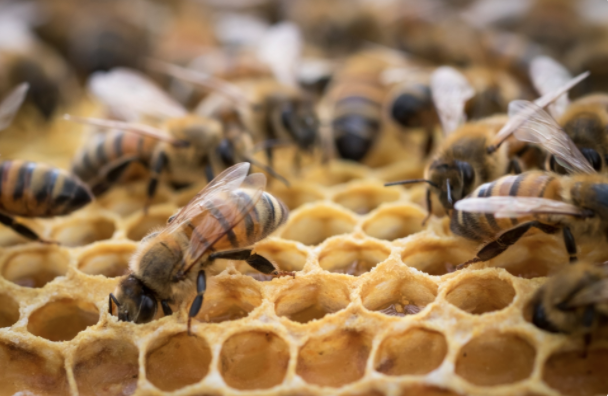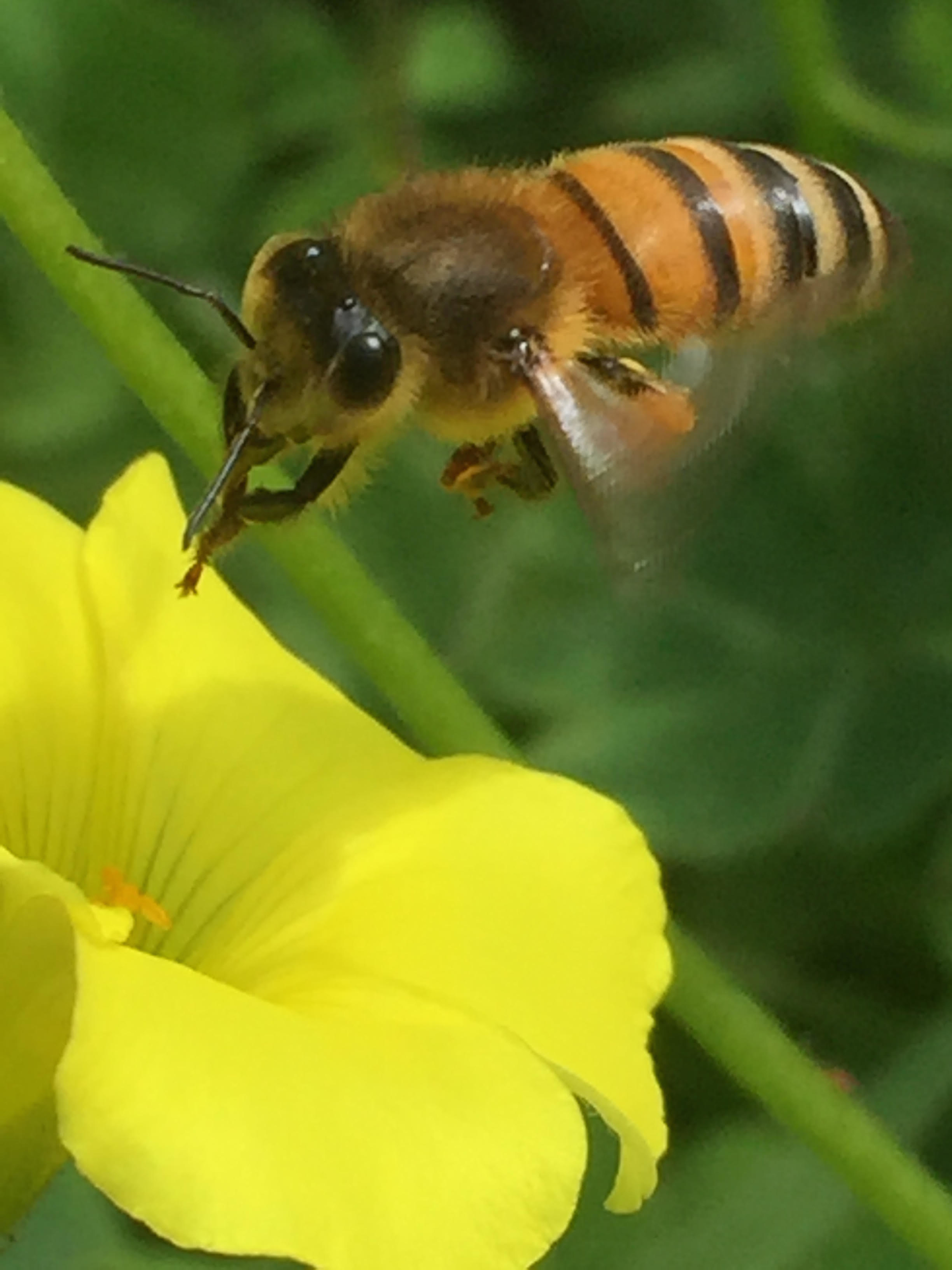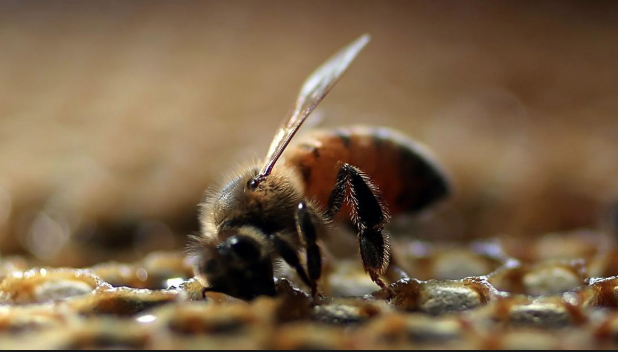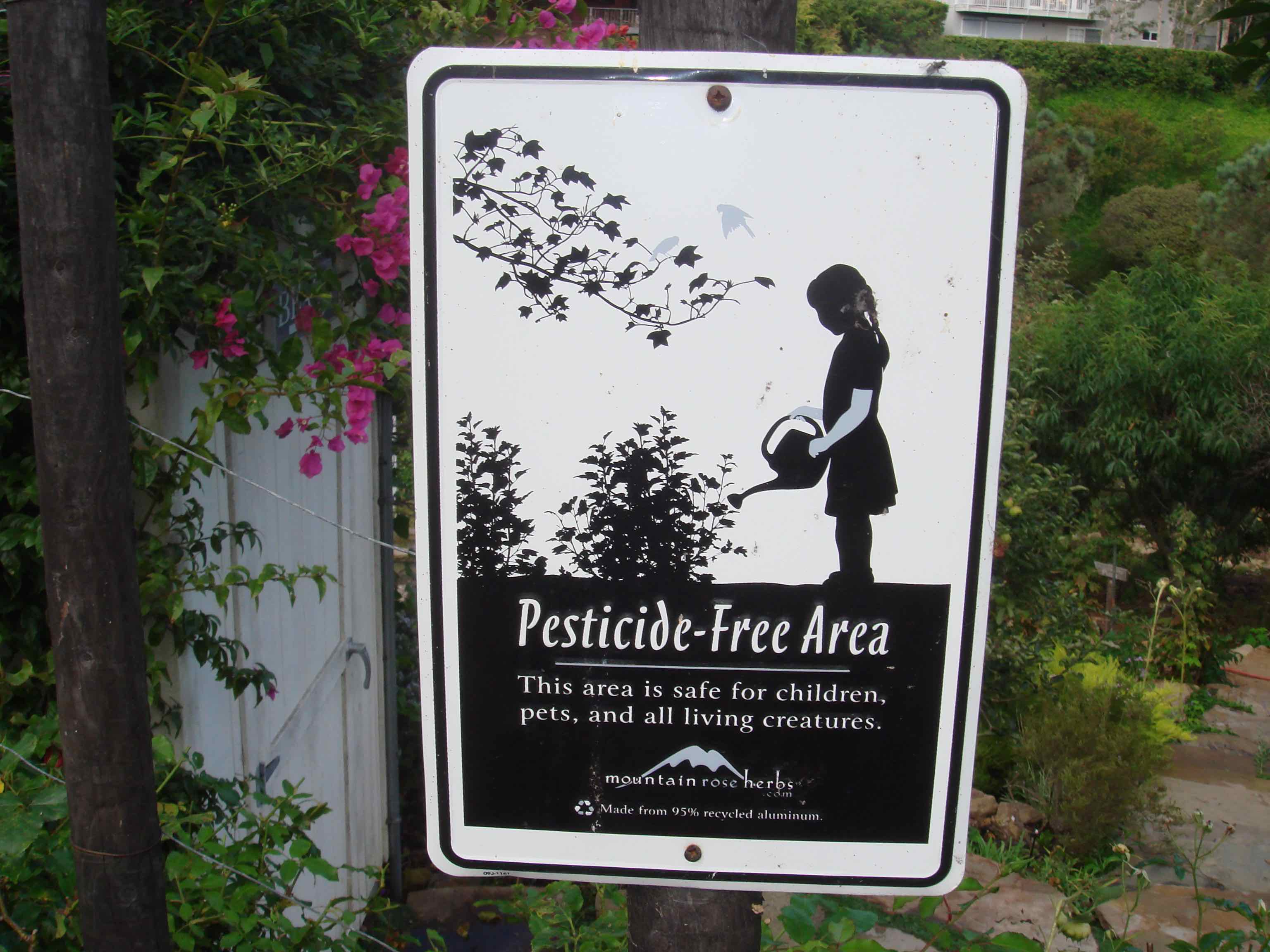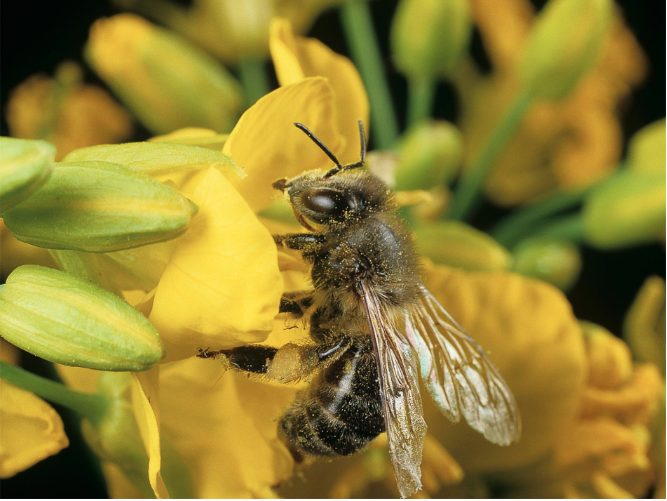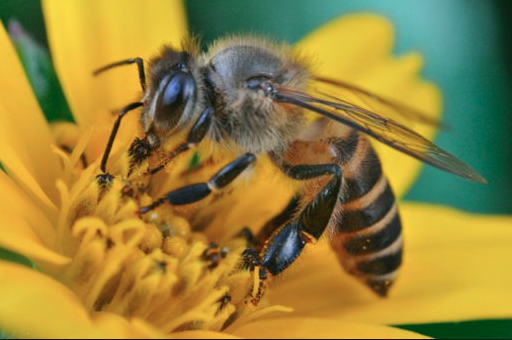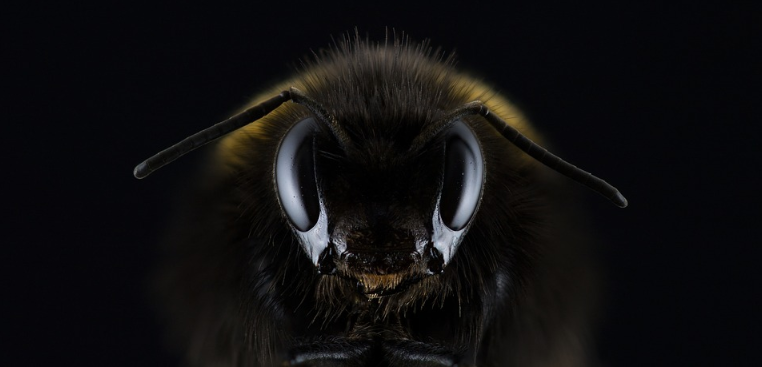MEXICO CITY – Our comrades, the bees, are intriguing wee creatures and vital to a healthy natural world.
Nobel laureate Karl von Frisch (1886-1982) was the first to discover that the elaborate language of honeybees revolves around complex dances. In addition to deciphering their communications, von Frisch was also able to train honeybees to arrive at feeding stations in three, four and five separate periods within 24 hours. The fact that bees possess a memory for time is astonishing.
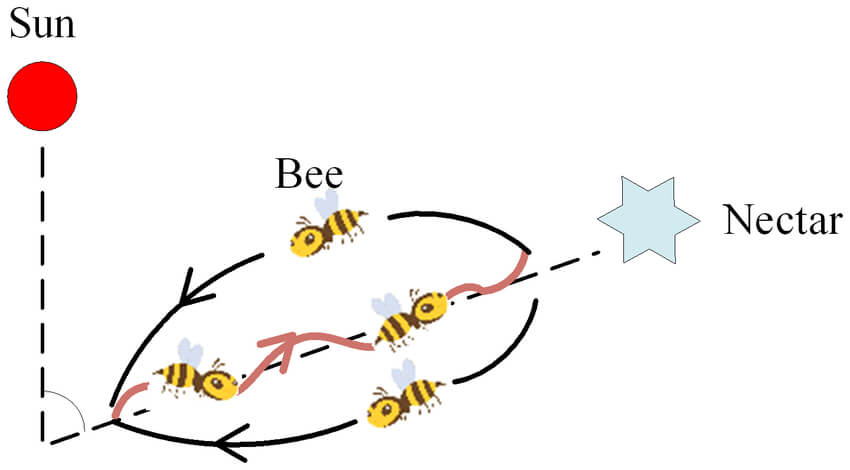
Years later, my colleagues from the Smithsonian Tropical Research Institute in Panama showed that social bees have a bigger brain area for both learning and memory compared to solitary bees. And like people, bees show the effects of aging. For example, honeybees’ memories fade and their ability to learn decreases. One way we both can slow down aging is by getting restorative sleep.
Terrified Asian honeybees, just like us, other primates, birds and meerkats, shriek when faced with a life-threatening situation. When giant Asian hornets attack the hive, honeybees release a “rallying call for collective defence”. It eerily sounds like bloodcurdling human screams. When these colossal merciless hornets storm the colony, they feast on larvae, decapitate adult bees and feed severed body parts to their young.
Keep Reading
